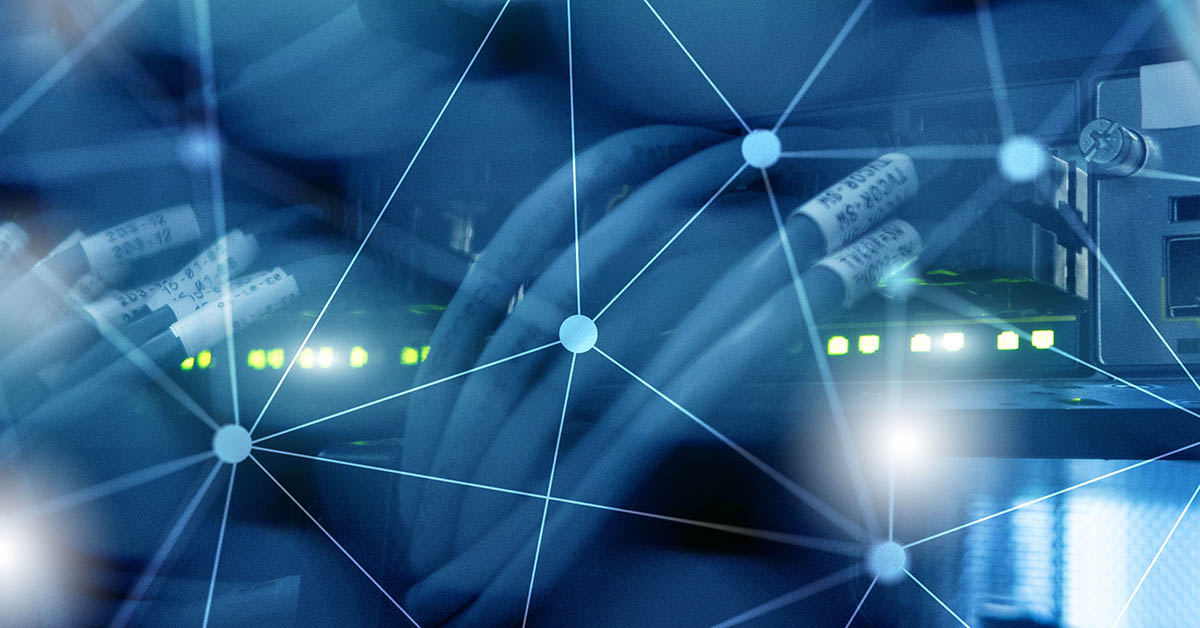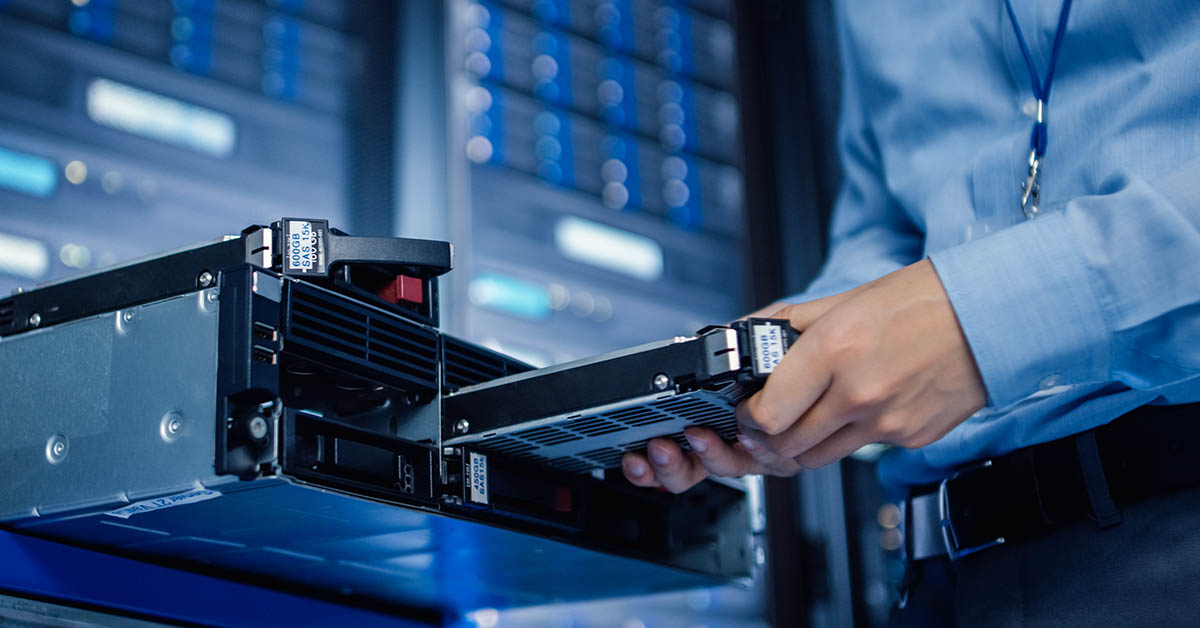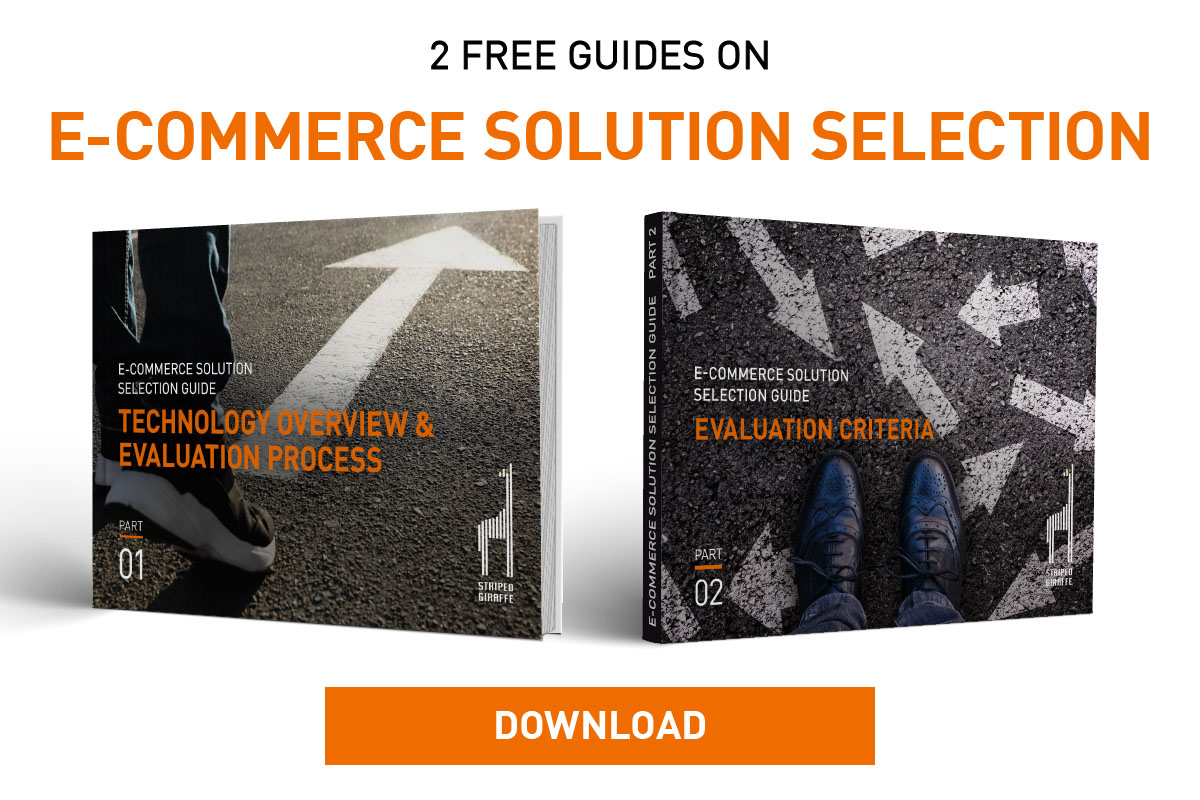
10 Aspects to Consider When Choosing an E-Commerce Solution
Deciding on the right technology is the first important step in planning a new e-commerce site.
Selecting the right solution for your e-commerce is not easy. The decision is not limited to choosing a software provider. Instead of building a standard online store with a web-based SaaS application, you can also use an enterprise platform with a high level of customizability or build your dedicated solution from scratch.
You need to figure out which option is the most beneficial and suitable for your company according to its specific skills and resources. To this end, you should first identify which aspects influencing the choice of e-commerce software are most important for your business, and then conduct a thorough evaluation.
In our two guides, we have collected and analyzed key factors that are crucial for the selection process. This article will give you a brief overview. For an in-depth analysis, download our free guides.
1. Scope of features
The functional requirements are one of the most important aspects for choosing an e-commerce solution. They allow you to compare offers available in the market. On the other hand, if you want to develop your e-commerce from scratch, you can use these requirements to determine the scope of programming work and the resources required.
There are certain standard functions in e-commerce. These mainly include a product catalog, product pages, a shopping cart, and a checkout with various delivery and payment options. However, today’s e-commerce solutions are much more powerful and comprehensive. In addition to the features required to set up a basic online store, they can offer a wealth of additional functionality, such as a search engine, product configurators, product ratings and reviews, wish lists, gift registries, an integrated blog, promotions or recommendation engines. In addition, there are numerous extensions and add-ons such as a content management system (CMS) or various tools for SEO, marketing, analytics and reporting.
Therefore, when choosing a solution, you should have already determined which functionalities you need on your future e-commerce portal. You must keep in mind that the same function can be solved differently in various systems. So, it is vital not only to make sure that the software offers all the functions you need. You should also verify whether they meet your requirements and are configurable or customizable.
2. Integrations
E-commerce must fit into existing processes and thus be integrated with various internal systems. Depending on how extensive your company’s IT environment is, these can be systems such as ERP, CRM, CMS, CDP, inventory management or order management. For sure, you will also need to integrate your e-commerce with some third-party systems and apps, from payment providers, delivery companies, live chat, marketing and analytics tools, to social media.
The larger your organization and the more complex your processes and operations, the more integrations you will need. Therefore, check exactly what built-in APIs are offered by the standard software. If a solution does not provide all the integrations you need, you or your IT partner may be able to develop the required integrations yourself or customize existing APIs. Whether this is possible depends on the customizability of the chosen e-commerce solution.

3. Customizability
You may need customization for two main reasons. First, you may want your e-commerce to stand out from the competition with brand new features or functionalities that work differently than standard ones. Second, you may need to adapt your e-commerce software to your organization’s specific IT processes and systems.
Customization typically requires programming with all its consequences, including testing, deployment, and maintenance of the custom code. Therefore, you need to verify whether the solution you are considering provides access to the source code and will give you customization capabilities that match your requirements.
If companies don’t have the technical skills to do this, they can opt for standard software where customization is limited to a set of specific configuration options. Or they can bring in an external specialist and focus on their core business.
4. Total cost of ownership (TCO)
The total cost of a fully functional online store varies significantly depending on the solution. To calculate it, you need to take into account some basic components, including:
- licensing
- implementation (with feature development, integrations, and customization)
- additional tools (extensions, plugins or third-party apps)
- hosting
- ongoing maintenance.
You must also be prepared for other costs. These can be, for instance, transaction fees for using payment gateways or expenses related to modifying your existing IT systems to handle digital commerce.
Some costs may not be obvious and require thorough analysis to determine all potential sources of expense. And they can vary depending on the solution you choose and the goals you have defined for your project.

5. Time to Market
The fastest way to start your digital business is to choose an off-the-shelf solution. With a set of out-of-the-box features, you can set up an online store in a matter of weeks or even days. Assuming you forgo customizations and the standard functionality satisfies your needs.
If not — and this is usually the case for large enterprises — you need to look for alternatives that allow you to develop your custom e-commerce portal. The price of having such a unique solution is the time it takes to build and launch it. When you customize an enterprise platform, it can take up to a few months. But when you write an entire e-commerce system from scratch, going live can take up to a dozen months. You can shorten this timeline significantly with the right team.
6. Skills & competencies
Although there are vendors who claim you do not need any technical skills to use their solution, it is hard to imagine building a professional online store without any IT competence.
Even when you choose a SaaS platform where little technical knowledge and design skills are required, support from a solution partner may be necessary to set up your store and integrate it with other systems.
Things get much more complex when you consider a highly customizable solution or want to code a dedicated e-commerce system from scratch. Then you need to figure out what competencies are required. If you find yourself unable to provide them in-house, you may want to enlist the support of an external IT partner.
And finally, if you plan to host and maintain your e-commerce by yourself, you also need to ensure appropriate human resources.

7. Hosting
Your company may have its own specific preferences when it comes to where your future e-commerce system should be hosted. You can choose from private or public cloud, on-premises or hybrid hosting.
Each option has its own pros and cons which can be considered in a number of areas, including cost effectiveness, security, reliability, scalability, compliance, scope of control, or required infrastructure and human resources.
You should keep in mind that many vendors deliver their e-commerce software along with hosting services. In such cases, you may not have the ability to change the hosting option. Therefore, you should analyze this aspect beforehand and choose a solution that meets your preferences in this regard.
8. Security
Every day, your e-commerce portal will be visited by countless users who will be leaving you a lot of information about their shopping behavior as well as sensitive personal and payment data.
For this reason, you need to be sure that the solution you choose will guarantee the appropriate level of security. This is especially important if you do not have the right expertise in-house and do not feel comfortable taking care of security issues on your own.
If this is the case, you may want to consider off-the-shelf solution from an established vendor. You can be sure that it is used by many companies and thousands of users around the world test it every day in every possible way. The provider continuously identifies all threats and removes them by making automatic updates or providing you with security patches.
However, the more you customize the software by modifying its code, the greater the risk of bugs and security vulnerabilities. To handle this challenge, you need an experienced team using the right tools to test and monitor your system. If you have a trusted IT partner, this does not have to be a tough challenge.

9. Maintenance
You may want to choose a software that allows you to run an online store without having to take care of its maintenance. This is the case with SaaS, where the vendor usually takes responsibility not only for hosting, but also for availability, performance, security, and updates.
However, if you plan to heavily customize your portal or build it from scratch, you will have to take full or partial responsibility for its maintenance. This means additional costs and required human resources. However, in the long run it gives you full control over your solution and the direction in which it will be developed.
10. Future growth and development
No one creates an online store expecting it to last forever without any improvements. Only if you keep developing your e-commerce portal it will be able to catch up with the growing needs of your customers and not become technologically obsolete.
You should evaluate which solutions provide you with enough possibilities to develop your e-commerce system in the long term, including implementing new features, making use of the latest technologies, or integrating with new tools. It may also be important for you to be able to refresh or replace the entire layout after some time.
You also need to consider your long-term business goals. The solution you choose should provide enough scalability to expand your digital business, for example, to handle more customers, larger SKUs or growing product inventory, or to enter new markets.


